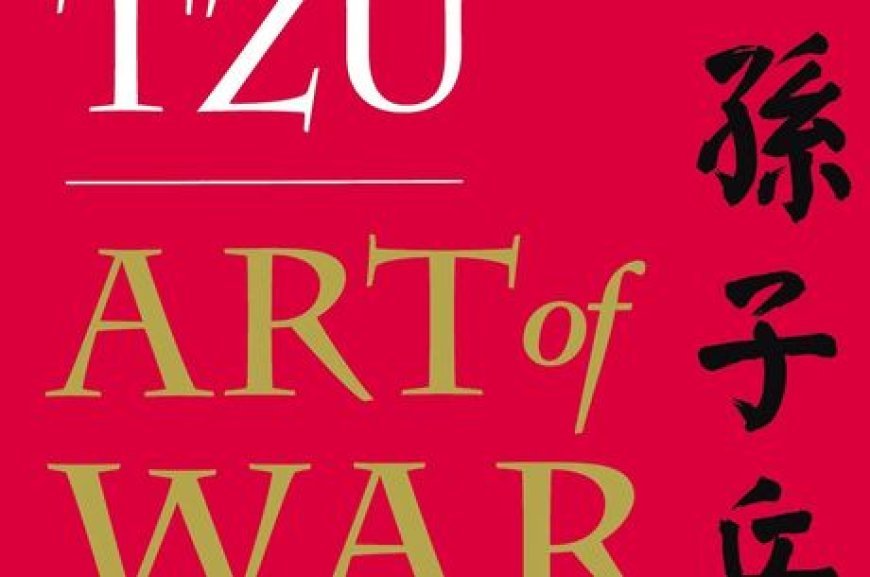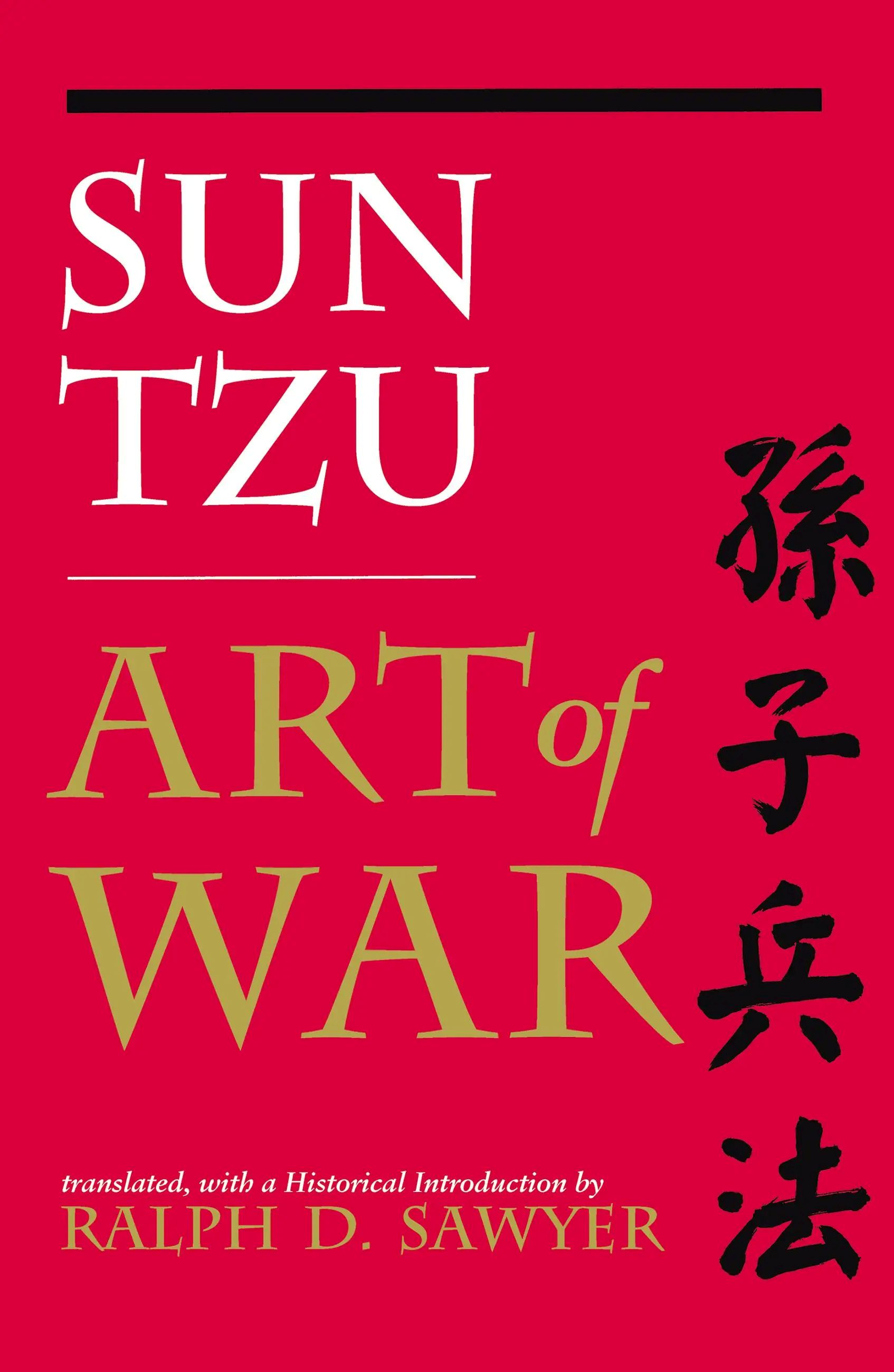Luxurious Battlefield: The Luxury Market, Tariffs and the Global Stage

It’s said that all is fair in love and war, although it seems like what we’re dealing with in current events seems like it’s hard to know where one begins and the other ends.
The luxury market has seen some “disruption” to say the least with issues such as tariffs and pricing beginning to really have an impact on the high-end goods and products. There’s been a surge in TikTok videos of manufacturers overseas attempting to get around recent market moves, unmasking what really goes into the branding and pricing of luxury goods.
 This has caused quite a stir, and for a moment I struggled to figure out why. Usually when we see these responses, it has most often been the luxury market that can be lightly affected if at all. High net worth individuals are often able to secure and purchase goods and products without much issue, with price being a non-issue for these buyers. Restaurants and bars will still carry and secure top shelf scotches and whiskies, hotels will secure custom-made materials and imported furniture because that what guests pay for. I thought about it some more until I thought about a book I hadn’t read in a while and some lessons became very clear.
This has caused quite a stir, and for a moment I struggled to figure out why. Usually when we see these responses, it has most often been the luxury market that can be lightly affected if at all. High net worth individuals are often able to secure and purchase goods and products without much issue, with price being a non-issue for these buyers. Restaurants and bars will still carry and secure top shelf scotches and whiskies, hotels will secure custom-made materials and imported furniture because that what guests pay for. I thought about it some more until I thought about a book I hadn’t read in a while and some lessons became very clear.
At first it seems silly that a book on conflict, war, and it being based in China seems a bit too on the nose, but as I thought about the factors in play it made more sense as I sat with it.
Avoid what is strong and strike what is weak (i.e attack boundary points)
The luxury market is based on aspiration (some would say illusion) and is by default not attainable to all. Since high-end goods and products are provided by a select few and only affordable to another small group, luxury represents what people aspire to but might never attain. This can generate envy, and even resentment when those who can afford it feel like they’re being taken advantage of.
With the noise being made about tariffs and the rising price of goods, the simplest reason the industry has started seeing these “revelations” is that these have always been considered the weak points of the luxury industry: High end brands built on the backs and hardships of others; it’s the political climate that appears to highlight the contrast.
We cannot enter into alliances until we are acquainted with the designs of our neighbors
I think another factor not talked about is how many luxury (mostly in the supply chain) have been willing to enable bad habits and bad actors all for the promise of being in the background of the prestige and big-name limelight. The fact that you have many countries and manufacturers where some of these items were produced are now trying to “expose” brands and big labels sends only one message:
We were allies, but now that we see an opportunity to benefit at your expense, we are happy to take advantage
The luxury market has only now started to realize that vendors now trying to create those “gotcha” moments: everyone in your circle is not always in your corner.
In the midst of Chaos, there is also Opportunity
The luxury market has already begun its evolution into being one of wellness and well-being, and what we’re seeing in the market is a reminder of the path luxury should continue on. The industry should continue to review and understand potential weak points or message gaps that could range from where it’s items are made, who brands do business with, and ensure there’s true alignment with the luxury industry’s products and values. Sun Tzu famously wrote that if you know the enemy and you know yourself, you need not fear the result of 100 battles. I’m interested to see what the next 99 will look like.






